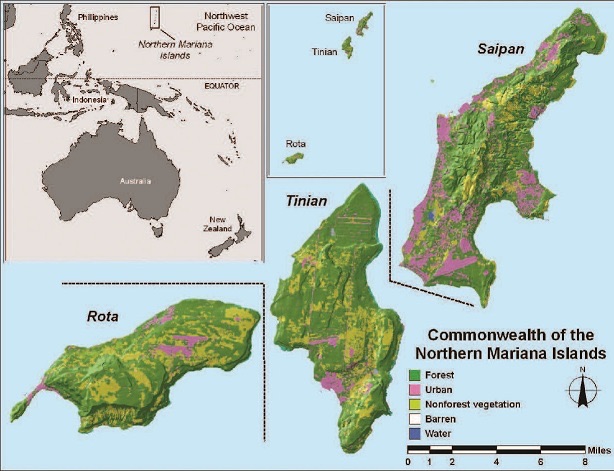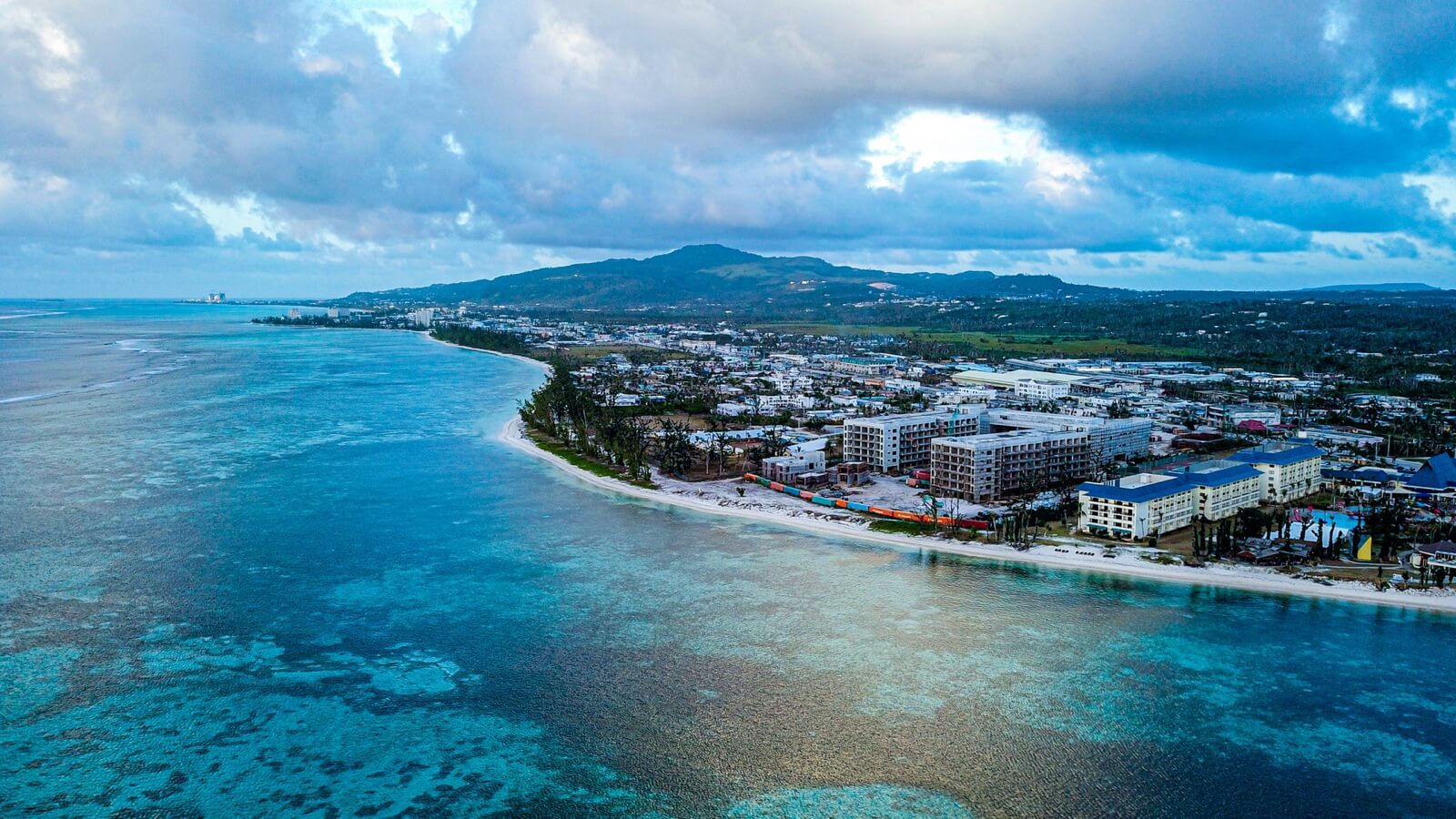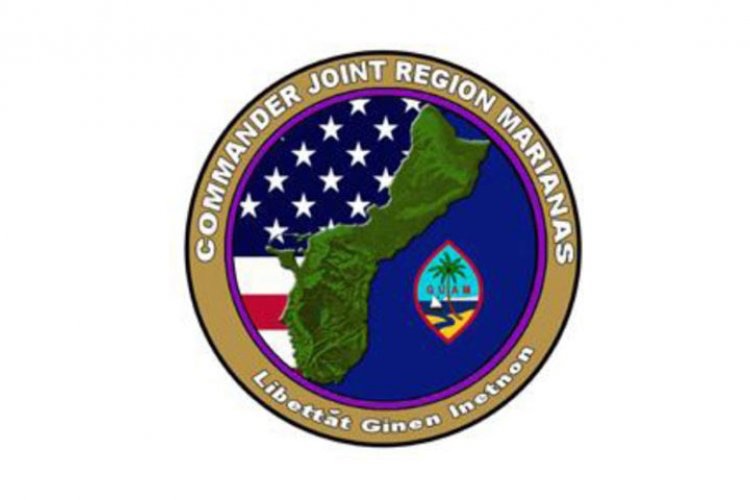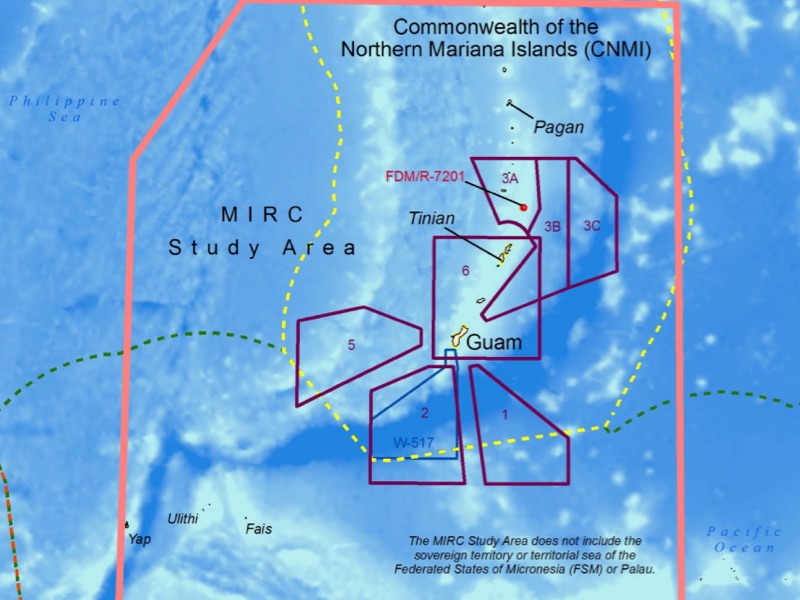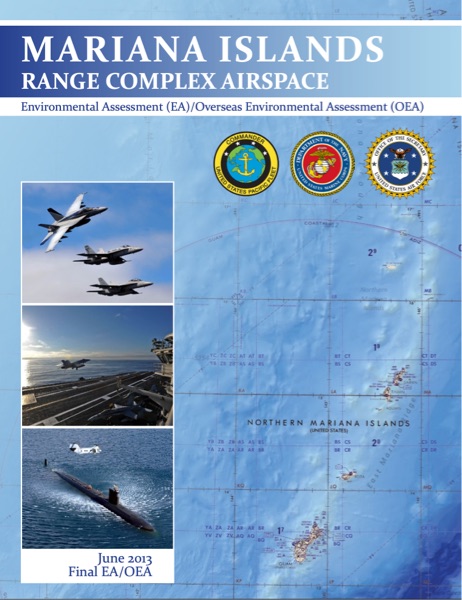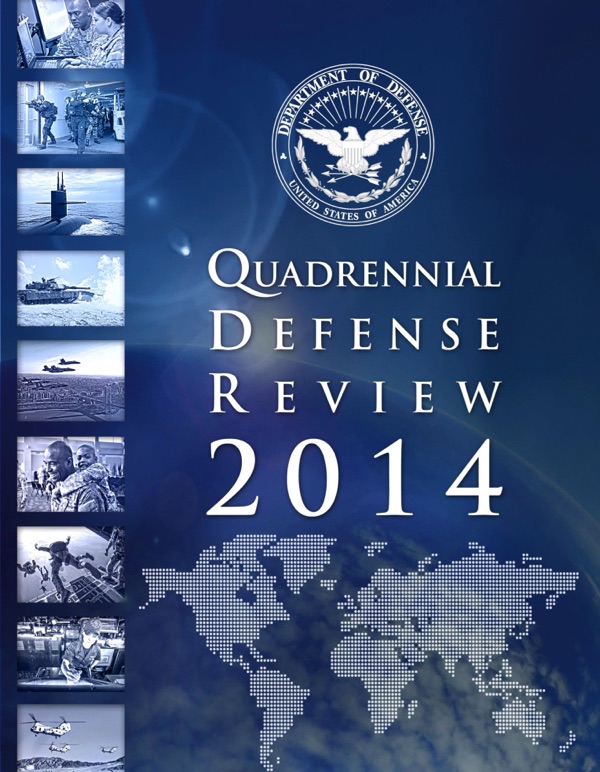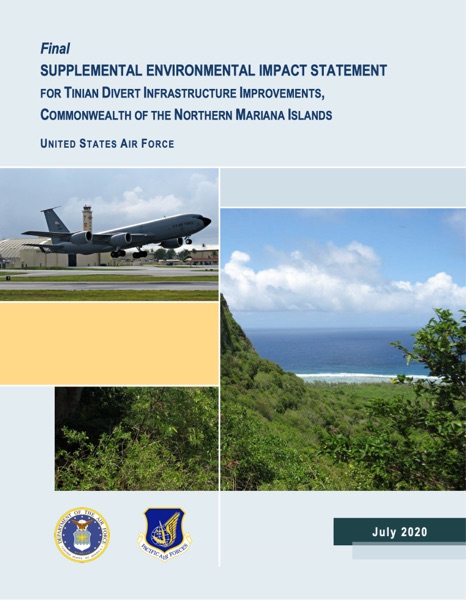The Mariana Islands Range Training Complex (“MIRC”) is both the name of a geographic area containing a complex of military training ranges and the name of a Defense Department project, originally proposed in 2007, authorizing a variety of training activities and exercises within those ranges.
In terms of geography, the MIRC included land, sea, and airspace on and around the islands of Guam, Rota, Tinian, Saipan, and Farallon de Medinilla, as well as open ocean waters stretching north to Pagan and west to the middle of the Philippine Sea.
In terms of military training activities, the MIRC included a wide variety of training within the CNMI and its waters, including, most notably, at and around Farallon de Medinilla, within Tinian’s Military Lease Area, and in certain areas of Rota used for special warfare training.
Controversially, the MIRC project codified a 10-nautical mile surface danger zone, with associated access limitations, surrounding Farallon de Medinilla. However, it also imposed important training restrictions in other sensitive locations, such as Tinian’s Unai Chulu.
MIRC was approved in 2010 and remained in effect until 2015, when it was superseded by the Mariana Islands Training and Testing Project.
Additional information about MIRC can be found here, as well as in the MIRC Field Guide and Pocket Guide developed to support enhanced understanding of the MIRC and environmental conditions and compliance considerations for this project.
